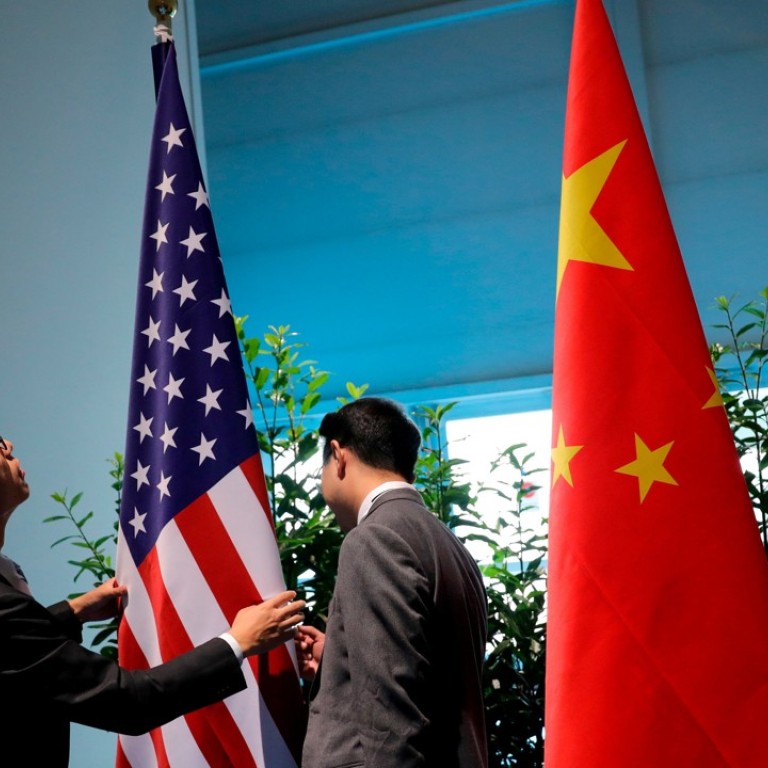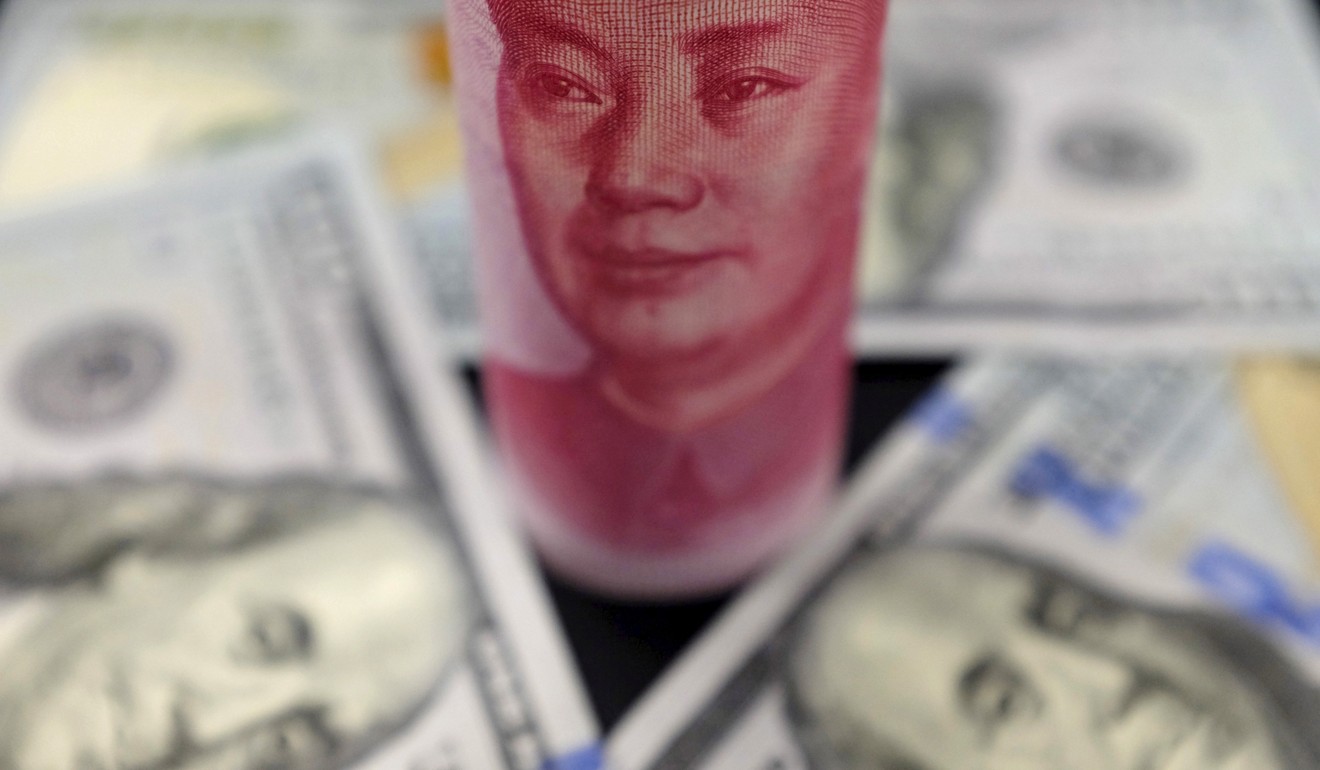
China’s move to prop up the yuan is a smart strategy to defuse trade tensions with the US
Neal Kimberley lauds the timing of the PBOC’s move to support the renminbi’s value, which came on the heels of renewed US accusations of currency manipulation and at the end of the latest round of China-US talks
It was a well-timed and strategically useful announcement.
As yuan weakness works against US export competitiveness and provides China with some protection from the impact of US tariffs, it can easily be characterised by the White House as currency manipulation, although in reality Washington does tend to apply a double standard on the issue.
The PBOC’s re-application of the counter-cyclical factor should play well in Washington when, as now, the adjustment lends itself to a firmer yuan than otherwise might have been seen, even if the re-application is clearly a form of interference in the free-market pricing of the Chinese currency.

It would be strange if the announcement of the move was a response to a single comment about the yuan from a US president whose views on the subject are hardly a secret.
While China would surely reject that accusation, it is Graham’s other comment that is likely to have attracted most attention in Beijing.
“I am going to talk with the president about reintroducing my legislation that would declare China a currency manipulator, allowing tariffs to be put on products that come out of China that benefit from currency manipulation,” he said.
“We’re in the initial discussions but I’m afraid we’re going to have to go down this road,” he added.
Watch: Lindsey Graham on Trump’s goal to ‘unite world against Chinese business’
That’s not a road Beijing would want the US Congress to go down. It would be potentially a lot more serious than just dealing with the tariffs Trump has imposed so far. They have all come into force by his signature on either a presidential proclamation or an executive order. They can be rescinded in the same way.
But if the US were to enact the kind of legislation suggested by Graham, reversing that process would require action by the full Congress as well as approval from the White House.
Beijing might have rationally concluded that the PBOC’s re-adoption of the counter-cyclical factor at this time could help defuse the situation somewhat, giving politicians like Graham fewer grounds for pushing legislation to attack China as a currency manipulator.
In its own right, the US Treasury could choose to categorise China as a currency manipulator in its semi-annual report on the “Macroeconomic and Foreign Exchange Policies of Major Trading Partners of the United States”, the most recent of which was released in April.
Watch: Trade war fears for Chinese pork
Both Malpass and the US Treasury as a whole would have understood that Friday’s PBOC announcement showed intent by China to arrest the recent pace of yuan depreciation.
Others will also have taken note, given that recent broad yuan weakness hasn’t just been limited to its value versus the US dollar. In recent months, yuan weakness has also extended to its value versus currencies such as the euro and the Japanese yen.
So any apparent attempt by Beijing to arrest the pace of yuan depreciation should resonate well in Europe and Japan at a time when, based on the words of Senator Graham, Beijing knows that “the goal of President Trump is to unite the world against Chinese business practices that are outside the norm”.
The timing of Friday’s PBOC’s announcement was both strategically astute and politically advantageous.
Neal Kimberley is a commentator on macroeconomics and financial markets

